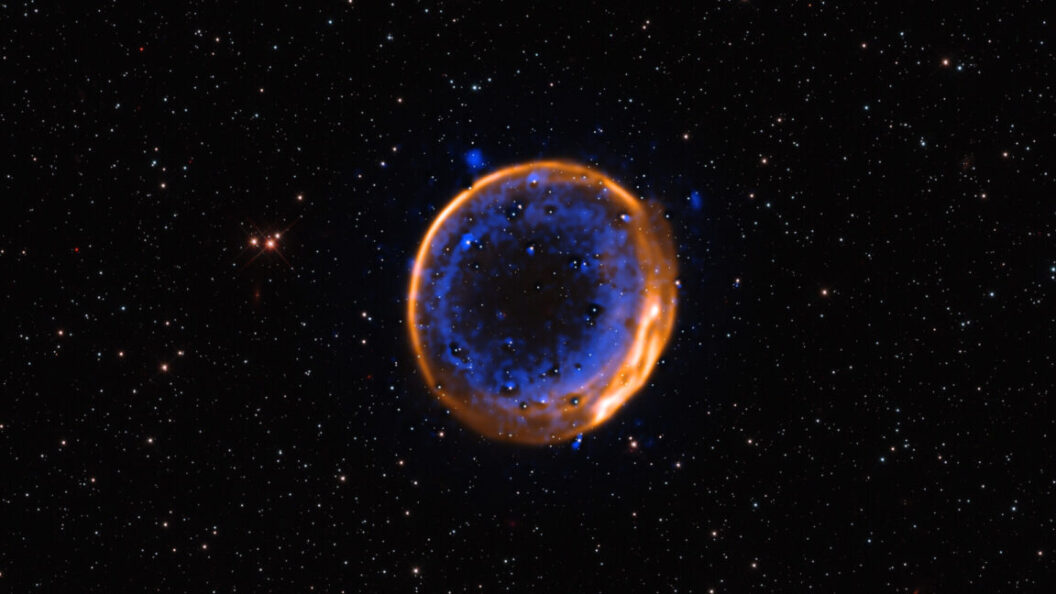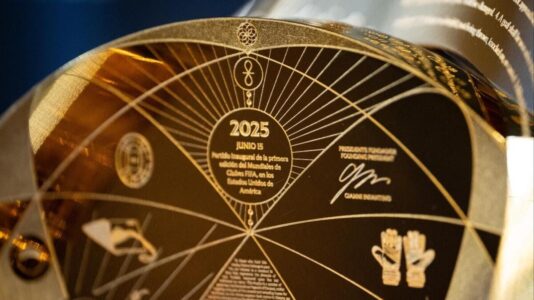Insights into Type Ia Supernovae: Understanding the Mechanics Behind the Explosions
Recent discoveries in astrophysics have shed light on the complex mechanisms behind Type Ia supernovae, which are among the most energetic events in the universe. These cosmic explosions result from the catastrophic failure of white dwarf stars, marking pivotal moments in the life cycles of these stellar remnants. The ongoing research aims to clarify how frequently these events occur and the underlying processes that lead to them.
Mechanisms of Explosion
Two primary theories explain how white dwarfs can lead to Type Ia supernovae. The first involves a mass transfer scenario, where a white dwarf accumulates material from a companion star. If gravitational instabilities bring two white dwarfs together, their collision could create a more massive object. This also sparks a fresh round of fusion, culminating in an explosive event. While there is evidence supporting both scenarios, questions remain about their frequency and ability to account for the observed rate of Type Ia supernovae.
The Double Detonation Model
Among the most promising explanations for these explosions is the double detonation model. This theory suggests that both helium-rich material transfer from a companion star and the buildup of unfused helium on the surface of a white dwarf can lead to explosive outcomes. Once the helium accumulates to a critical level or achieves enough density, fusion can initiate.
The Chain Reaction of Detonation
The first detonation triggers a compression of the carbon-oxygen core of the white dwarf, exceeding the density threshold necessary for fusion. This initial explosion creates a domino effect, igniting widespread fusion throughout the core and ultimately leading to the white dwarf’s complete disintegration in what is referred to as the second detonation.
Implications for Observations
This double-detonation theory significantly impacts how astronomers interpret Type Ia supernovae. One of the key takeaways is that these explosions can occur even if a white dwarf does not reach the traditionally accepted mass limit for carbon-oxygen fusion. The capacity for a white dwarf to explode at varying masses opens new avenues for understanding these cosmic phenomena.
Detection Challenges
However, detecting these double detonation events presents a formidable challenge for astronomers. Since the explosions occur in rapid succession, pinpointing the exact moment and mechanics can be difficult amidst the complex environments surrounding a type Ia supernova.
Significance of the Findings
The research surrounding Type Ia supernovae is crucial not just for understanding stellar evolution but also for broader cosmic questions. These explosions play an essential role in the distribution of elements necessary for planet formation and the existence of life. Furthermore, Type Ia supernovae serve as key cosmic distance markers, helping astronomers measure the expansion of the universe.
Unanswered Questions
In light of these findings, several questions remain open for future research. How frequently do double detonation events occur compared to other mechanisms? What implications do these events have for our understanding of dark energy and the universe’s expansion?
Conclusion
The advancements in our understanding of Type Ia supernovae underscore the intricate interplay of stellar evolution and cosmic events. As researchers unravel the complexities involved, the potential impact of these discoveries on astrophysics and cosmology remains significant. With every breakthrough, we step closer to not only understanding the life cycle of stars but also the very fabric of the universe itself.









